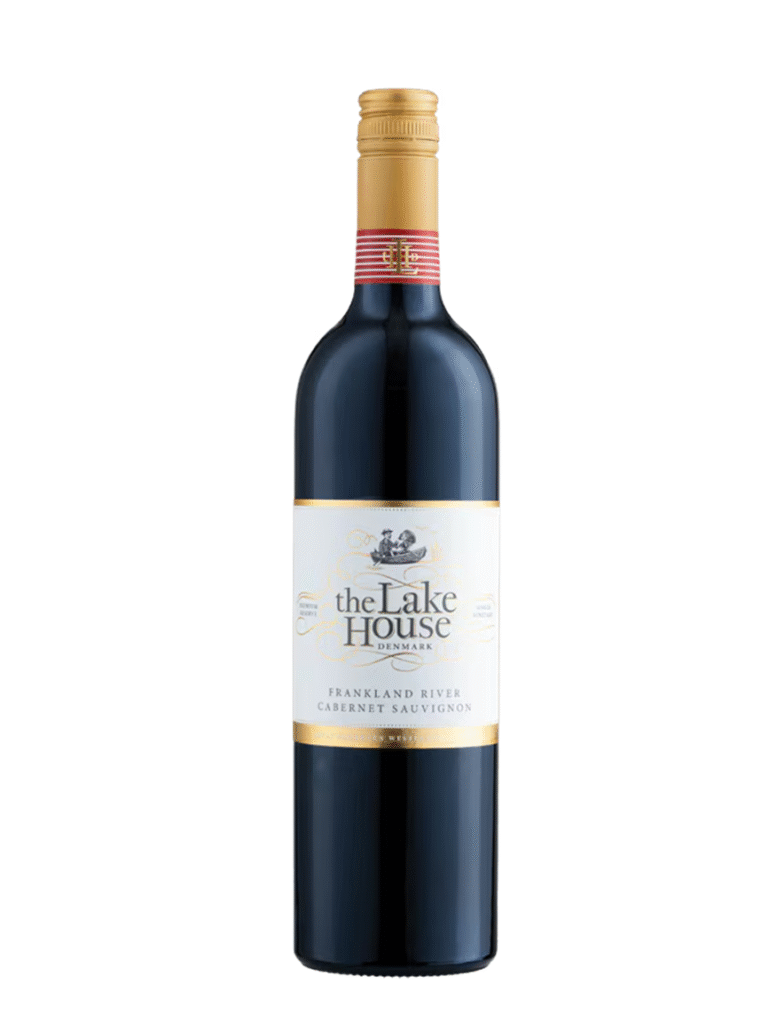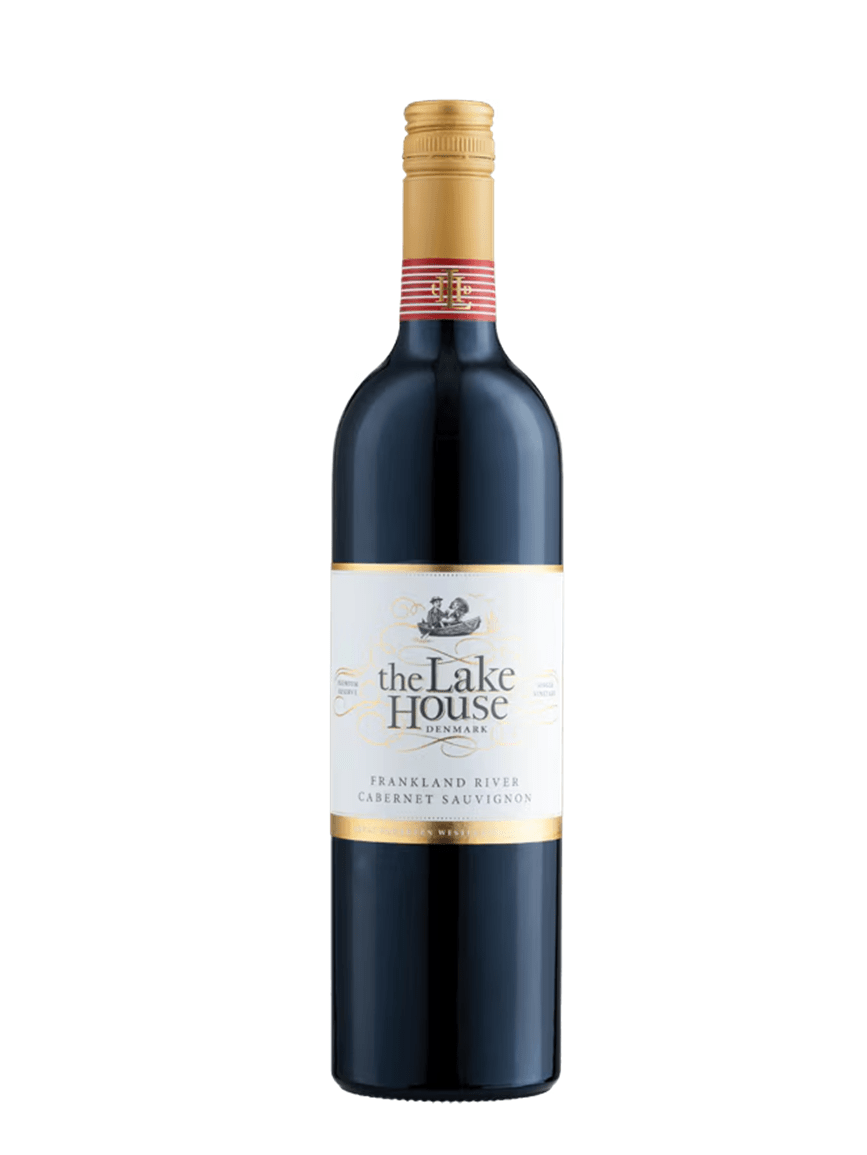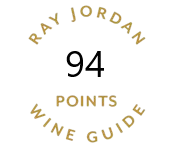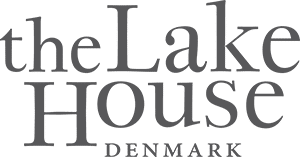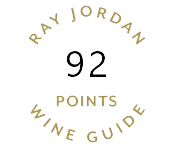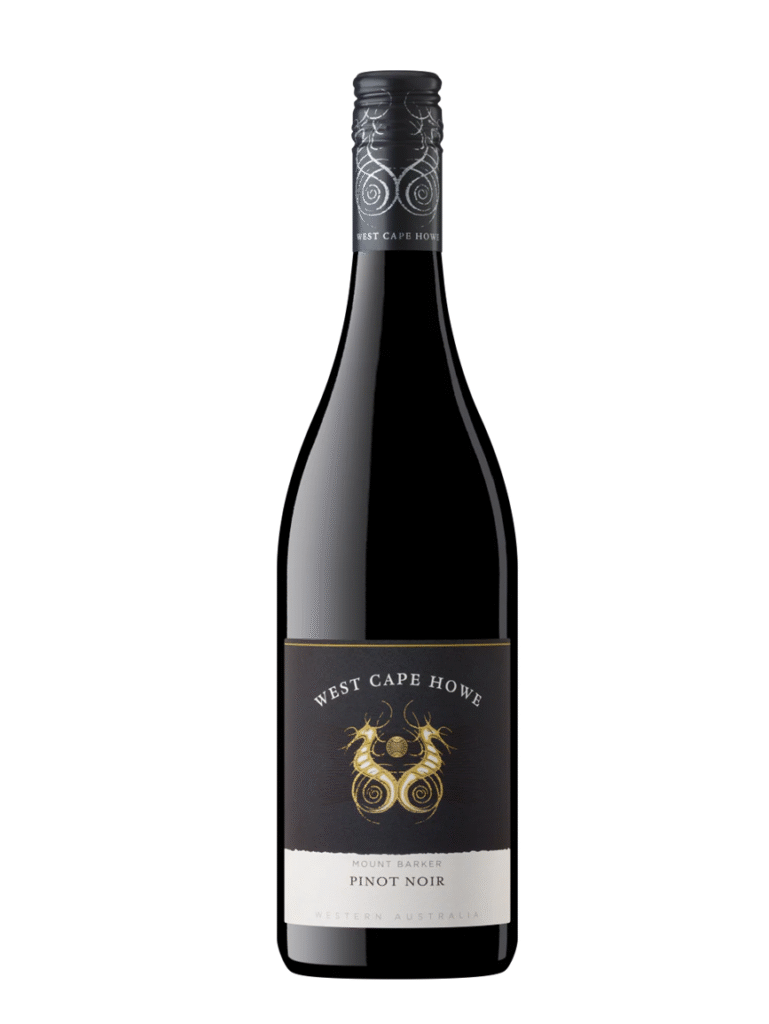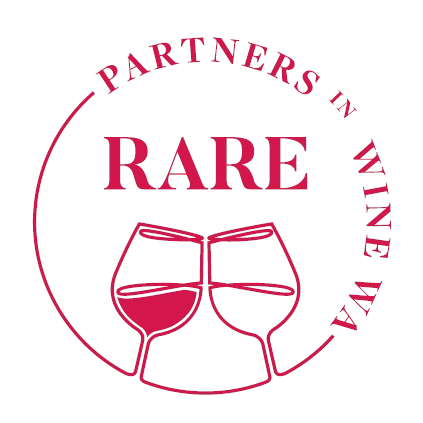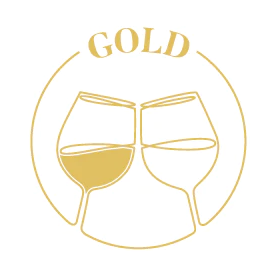Frankland River Cabernet
Prestige Single Vineyard | Collector-Worthy Cab
This Lake House Cabernet from Frankland River is stylish, expressive and has loads you are going to love about it. Already showing considerably complex characters with a few years of bottle age, the palate is firm and held tight with a beautiful wrap of minerally tannins and oak. Only two words needed to sum this one up “Excellent wine”
Why You’ll Love It 🏅
-
Highly Rated:
-
94 Points – Ray Jordan: “A stylish and expressive Cabernet…”
-
94 Points – Ken Gargett: “Fresh and youthful… taut and poised.”
-
-
Serious Structure:
Dense black fruits, complex mid-palate, and velvety tannins backed by classy oak. -
Terroir-Driven:
That ironstone minerality and cool-climate edge Frankland River does so well. -
Made to Age:
Will go the distance to 2034 (and likely beyond), but already drinking beautifully.

Discounts & Delivery
Buy 6 or more wines of your choice and enjoy a 5% discount. Yes, it can be any mix of wines!
Based in Perth, we provide FREE personal delivery for orders over $75 within the Perth area.
We also offer shipping across Australia, with freight costs calculated at checkout.
For any inquiries, feel free to reach out to us via email at info@partnersinwine.com.au.



